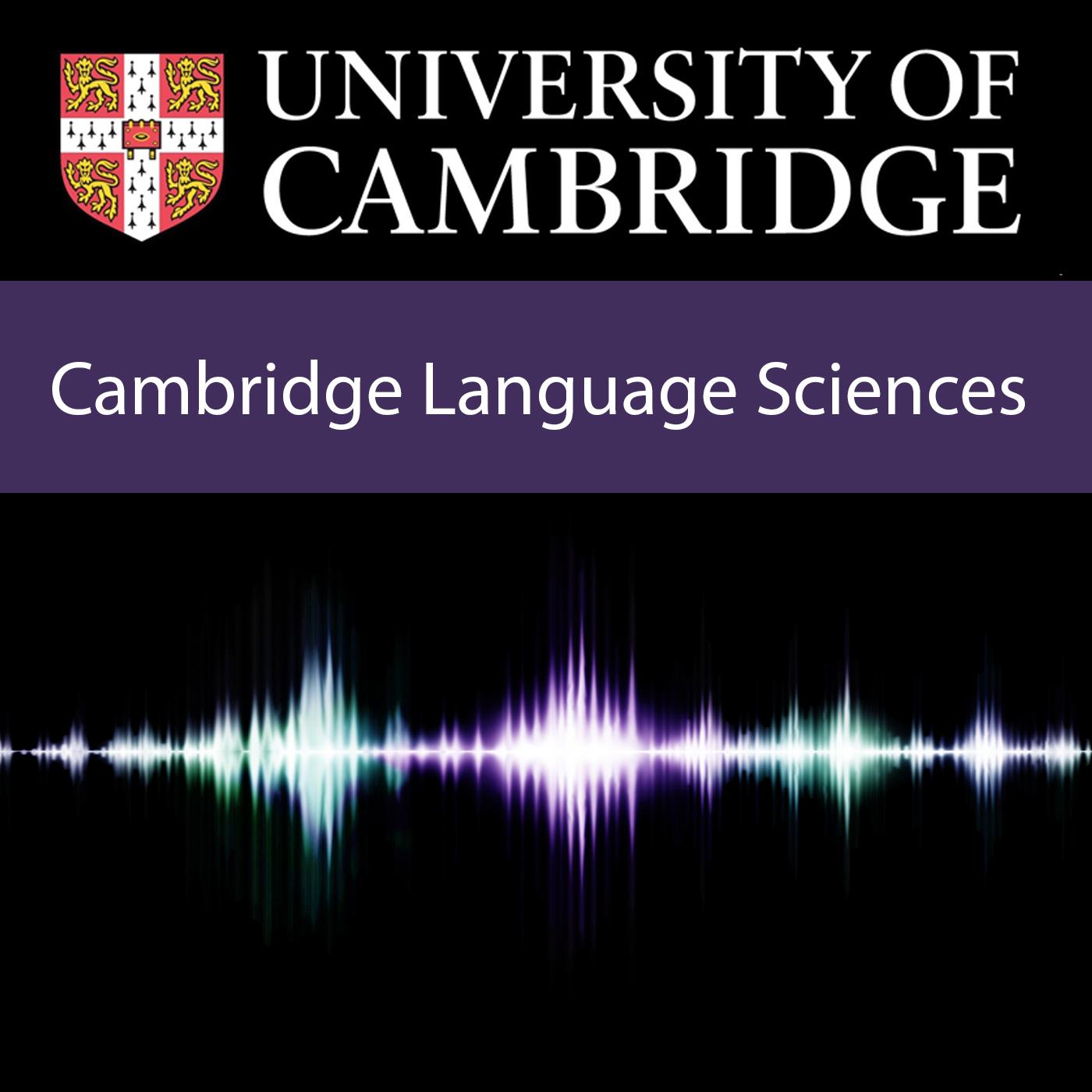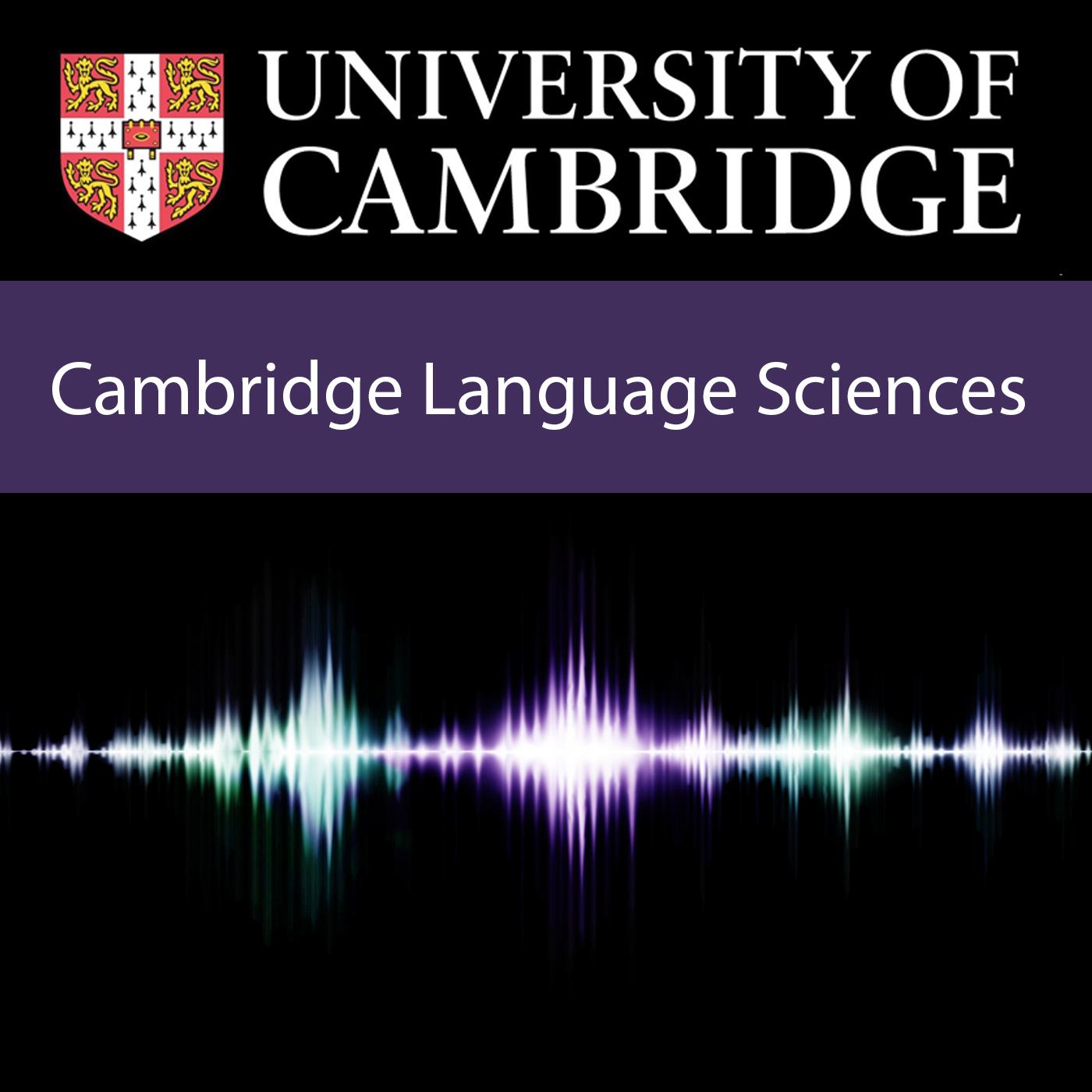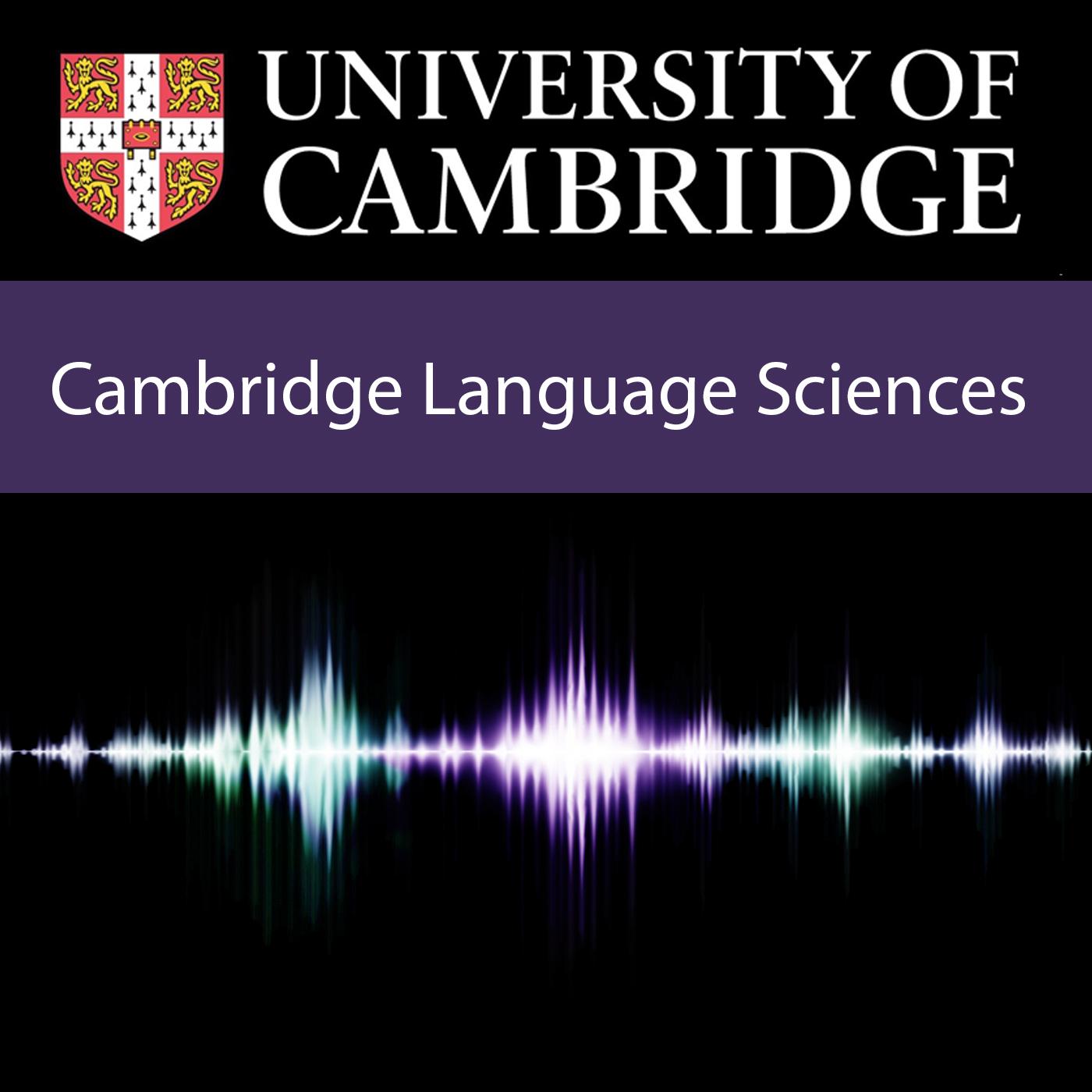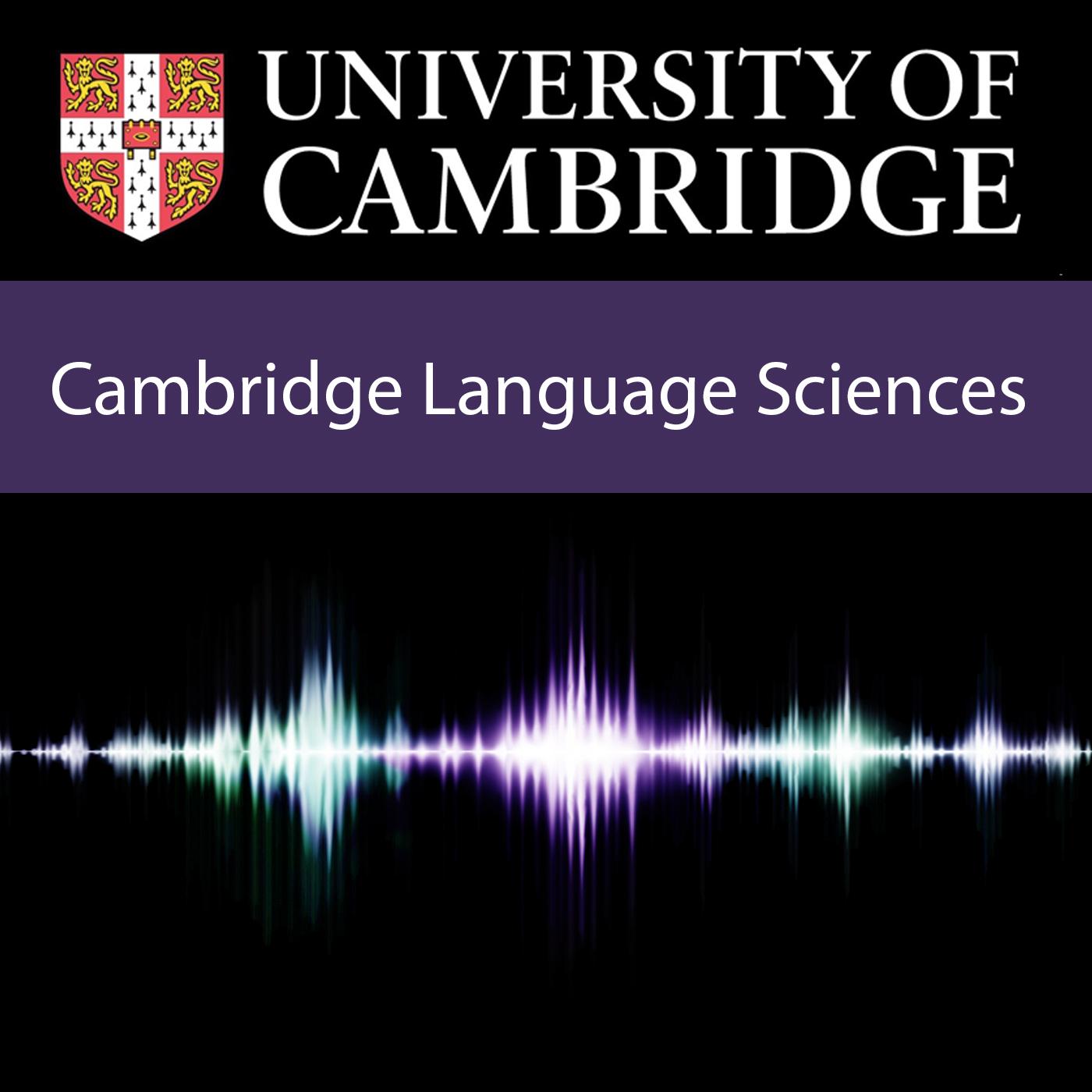Endangered and underrepresented languages
Update: 2021-12-08
Description
'Documenting the endangered Neo-Aramaic dialects of Iraq and Iran’, Geoffrey Khan Faculty of Asian & Middle Eastern Studies, University of Cambridge
Aramaic, a Semitic language, has a documented history of over three thousand years. The earliest inscriptions are datable to the beginning of the 1st millennium BCE and the language is still spo-ken today in several ‘language islands’ in various parts of the Middle East. The main focus of my research on vernacular Neo-Aramaic is on the subgroup known as North-Eastern Neo-Aramaic (NENA). This subgroup contains over one hundred dialects, which are spoken by Christian and Jewish minority groups in northern Iraq and western Iran. Most of the dialects are now highly endangered. They have been in contact with other languages in the region for many centuries, in particular Iranian languages such as Kurdish and Go-rani. The NENA dialects exhibit a fascinating convergence with the Iranian languages. This reflects not only processes of language change but also the history of the speech communities.
'Language under the shadow of another language: implications and revitalisation strategies for Runyakitara and So languages', Fridah Katushemererwe (Makerere University, Uganda)
Eberhard, et al, (2021) considers levels of language endangerment as a continuum. On the one hand, there are languages which are categorized as vigorous and may even be expanding in terms of numbers of speakers or functional areas of use, but exist under the shadow of dominant language(s). On the other hand, there are those languages that are on the verge of extinction because of loss of speakers. In between these two extremes are many degrees of greater or lesser language vitality. Although languages are endangered differently, current efforts in documenting, preserving and revitalising endangered languages of the world have been dedicated more to languages which are on the verge of extinction, giving limited attention to more vigorous languages.
Based on this observation, this study presents evidence of varying degrees of language endangerment from two languages of Uganda namely 'Runyakitara' which is categorised as educational, and the 'So' language, which is categorised as moribund. The study answers three questions. What does it mean for a language to exist “under the shadow” of another language? What is the likely impact to a language that survives under the shadow of another bigger language? What approaches to language revitalisation are appropriate for such languages?
Aramaic, a Semitic language, has a documented history of over three thousand years. The earliest inscriptions are datable to the beginning of the 1st millennium BCE and the language is still spo-ken today in several ‘language islands’ in various parts of the Middle East. The main focus of my research on vernacular Neo-Aramaic is on the subgroup known as North-Eastern Neo-Aramaic (NENA). This subgroup contains over one hundred dialects, which are spoken by Christian and Jewish minority groups in northern Iraq and western Iran. Most of the dialects are now highly endangered. They have been in contact with other languages in the region for many centuries, in particular Iranian languages such as Kurdish and Go-rani. The NENA dialects exhibit a fascinating convergence with the Iranian languages. This reflects not only processes of language change but also the history of the speech communities.
'Language under the shadow of another language: implications and revitalisation strategies for Runyakitara and So languages', Fridah Katushemererwe (Makerere University, Uganda)
Eberhard, et al, (2021) considers levels of language endangerment as a continuum. On the one hand, there are languages which are categorized as vigorous and may even be expanding in terms of numbers of speakers or functional areas of use, but exist under the shadow of dominant language(s). On the other hand, there are those languages that are on the verge of extinction because of loss of speakers. In between these two extremes are many degrees of greater or lesser language vitality. Although languages are endangered differently, current efforts in documenting, preserving and revitalising endangered languages of the world have been dedicated more to languages which are on the verge of extinction, giving limited attention to more vigorous languages.
Based on this observation, this study presents evidence of varying degrees of language endangerment from two languages of Uganda namely 'Runyakitara' which is categorised as educational, and the 'So' language, which is categorised as moribund. The study answers three questions. What does it mean for a language to exist “under the shadow” of another language? What is the likely impact to a language that survives under the shadow of another bigger language? What approaches to language revitalisation are appropriate for such languages?
Comments
In Channel








